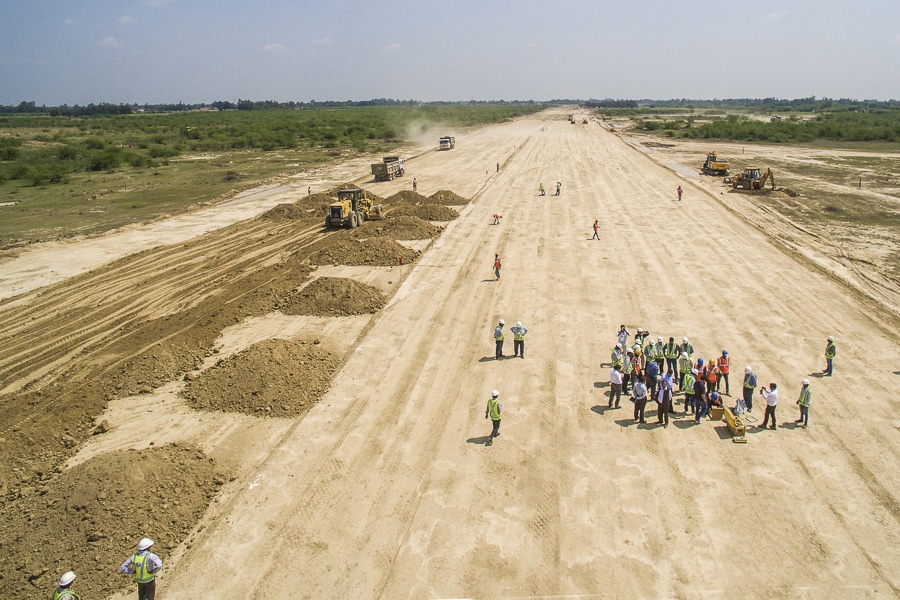
Narendra Modi's big push: Why infrastructure spending has become the cornerstone of Budget 2022
Finance Minister Nirmala Sitharaman turns her attention to the prime minister's GatiShakti programme for building holistic infrastructure. It receives its first ever outlay of Rs20,000 crore in the Budget
 Indian highway network will be increased by 25,000 kilometres in FY23
Indian highway network will be increased by 25,000 kilometres in FY23
Image: Shutterstock
It’s all about infrastructure in Nirmala Sitharaman’s fourth budget, as the Narendra Modi government looks to spur up public spending.
To do that, the finance minister has turned her attention to the prime minister’s GatiShakti programme—a Rs100-lakh-crore project—for building holistic infrastructure. The project, launched last October, received its first ever outlay of Rs20,000 crore in the Budget for FY22-23.
“PM GatiShakti is a transformative approach for economic growth and sustainable development,” Sitharaman said in her speech. “The approach is driven by seven engines, namely, roads, railways, airports, ports, mass transport, waterways, and logistics infrastructure. All seven engines will pull forward the economy in unison. These engines are supported by the complementary roles of energy transmission, IT communication, bulk water & sewerage, and social infrastructure.”
As part of the plan, the Indian highway network will be increased by 25,000 kilometres in FY23, in addition to adding more Vande Bharat trains in the country. Sitharaman said that 400 new generation Vande Bharat trains would be manufactured by 2025 as part of the master plan. The trains would have better energy efficiency and passenger riding experience.








